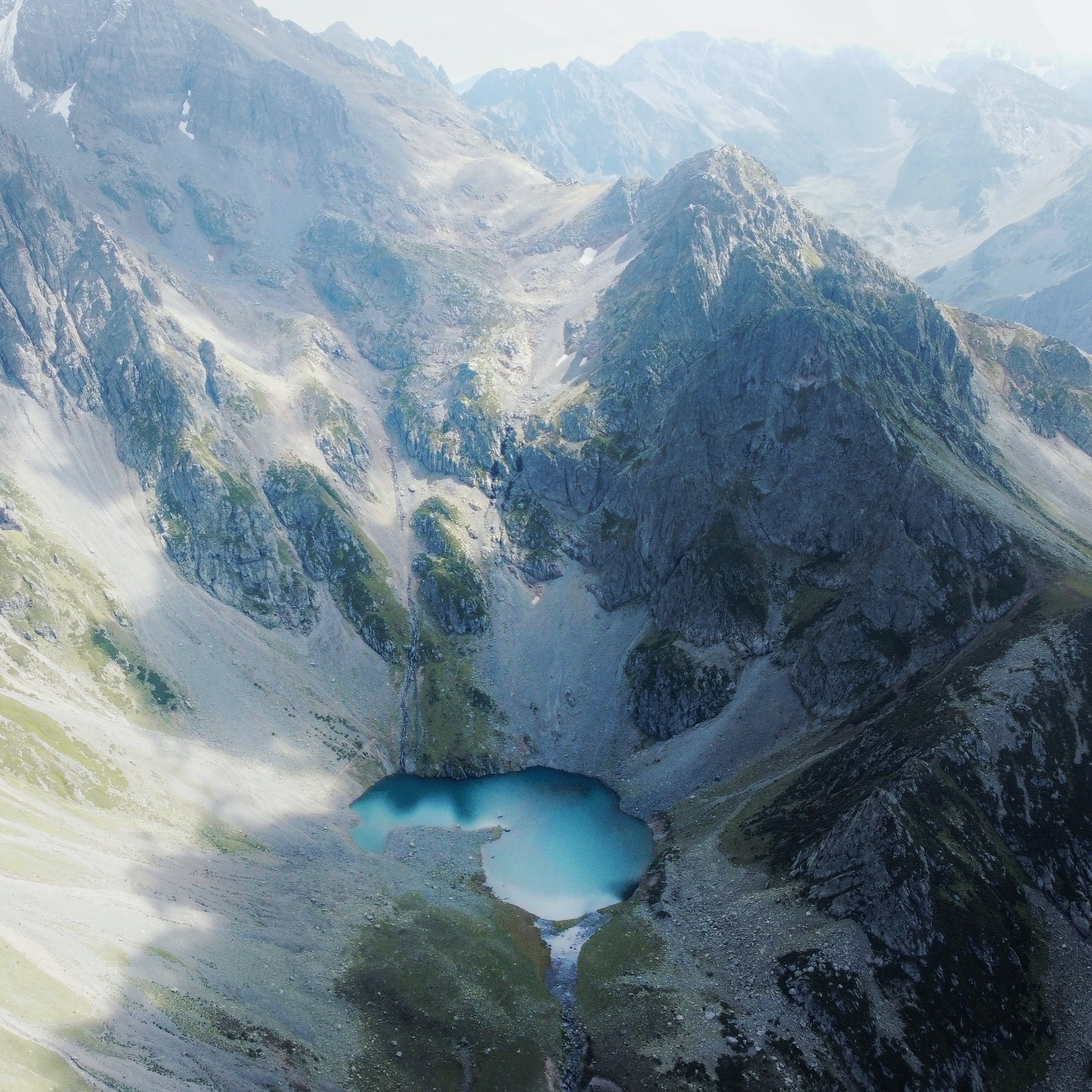The sudden release of water and sediment from glacial lakes, known as glacial lake outburst floods (GLOFs), are a major natural hazard that can result in significant life loss. The danger of GLOFs varies globally, however in 2020, GLOFs threatened 15 million people. People living in High Mountain Asia and the Andes were the most in danger, with China and Pakistan the most threatened nations
Views 3770
Reading time 3 min
published on Sep 22, 2023
Knowing where GLOF danger is highest globally is key for preventing future disasters. Over the last 30 years as the climate has warmed, glaciers across the world have retreated and water from the melting glaciers has collected, forming glacial lakes. These glacial lakes can burst, producing GLOFs that impact downstream communities. We wanted to understand where around the world the danger of GLOFs is greatest, to help inform mitigation strategies and hopefully reduce impacts of future outburst.
Since 1990, the number, area, and volume of glacial lakes around the world has grown, with many held within unstable dams that could collapse at any time, or surrounded by steep slopes from which avalanches, rock falls and landslides could fall into the lakes and cause the lakes to spill over. These factors, the size of lakes and their surrounding environments determine the GLOF hazard.
Alongside lake growth, downstream populations, infrastructures, and farming schemes have also been increasing. As a result, the number of people and buildings close to glacial lakes, termed GLOF exposure, has increased globally. Whilst some of these areas have experienced GLOFs before, in others, communities and governments may be unaware of the danger lakes pose, preventing them from preparing for potential GLOF impacts and hindering their recovery if an event happens. This awareness, ability to prepare for and recover from GLOFs is known as GLOF vulnerability. Together, hazard, exposure, and vulnerability determine GLOF danger. GLOF hazard is widely studied, but until now, GLOF exposure and GLOF vulnerability haven’t really been considered, so global GLOF danger is unknown. Understanding where GLOF danger is highest is the focus of this study.
This study looked at hazard, exposure, and vulnerability together to provide the first ever global picture of GLOF danger for 2020. We used the number and area of glacial lakes to represent hazard, the number of people living 1 km of the pathway a GLOF would take up to a distance of 50 km to determine exposure, and combined corruption, development, and social susceptibility measures to determine vulnerability. All three measures were then combined to produce a single score of GLOF danger. We compared results across five mountain ranges, 31 countries and 1089 glacial basins, providing a globally complete database of GLOF danger.
Our results show that globally, 15 million people live in danger of GLOFs. Danger is highest in High Mountains Asia, and people here generally live closest to glacial lakes: ~1 million people live within 10 km of a glacial lake. India, Pakistan, Peru, and China are home to more than half of the global exposed total. Although we knew many areas in High Mountain Asia would have high danger scores, surprisingly to us, we found the Andes had many areas of high danger too. Digging deeper, we found that compared to other areas, the Andes has very few studies or databases on GLOFs. This is an important finding as it pinpoints gaps in understanding that we hope may now be filled by more research.
Previous studies suggested GLOF hazard is the most significant part of the danger equation, but we found it is the number of people and their proximity to a glacial lake, as well as their ability to cope with the impacts of a potential GLOF that is key for determining GLOF danger. This is perhaps the most important finding of our study as it highlights that exposure and vulnerability really need to be included in danger assessments, rather than just focusing on hazard.
By identifying regions with high GLOF danger, our findings could help manage the potential impacts of future GLOFs. This is really useful for areas with less funding or where GLOFs are not considered as a threat yet, such as in many areas across High Mountain Asia. How GLOF danger might change in the future remains unclear, but as glaciers continue to melt, glacial lakes may expand and new lakes may form, changing GLOF hazard and exposure, whilst changes to standard of living, education, income, and government management may alter GLOF vulnerability. More research is needed to evaluate changes in hazard, exposure, and vulnerability over both the short- and long-term, to better understand the roles of each on GLOF danger. Our work provides a valuable contribution to current understanding and acts as a launchpad for future research.
Original Article:
Taylor, C. J., Robinson, T., Dunning, S., Carr, J. R., & Westoby, M. (2023). Glacial lake outburst floods threaten millions globally. Nature Communications, 14(1). https://doi.org/10.1038/s41467-023-36033-x
 Earth & Space
Earth & Space



